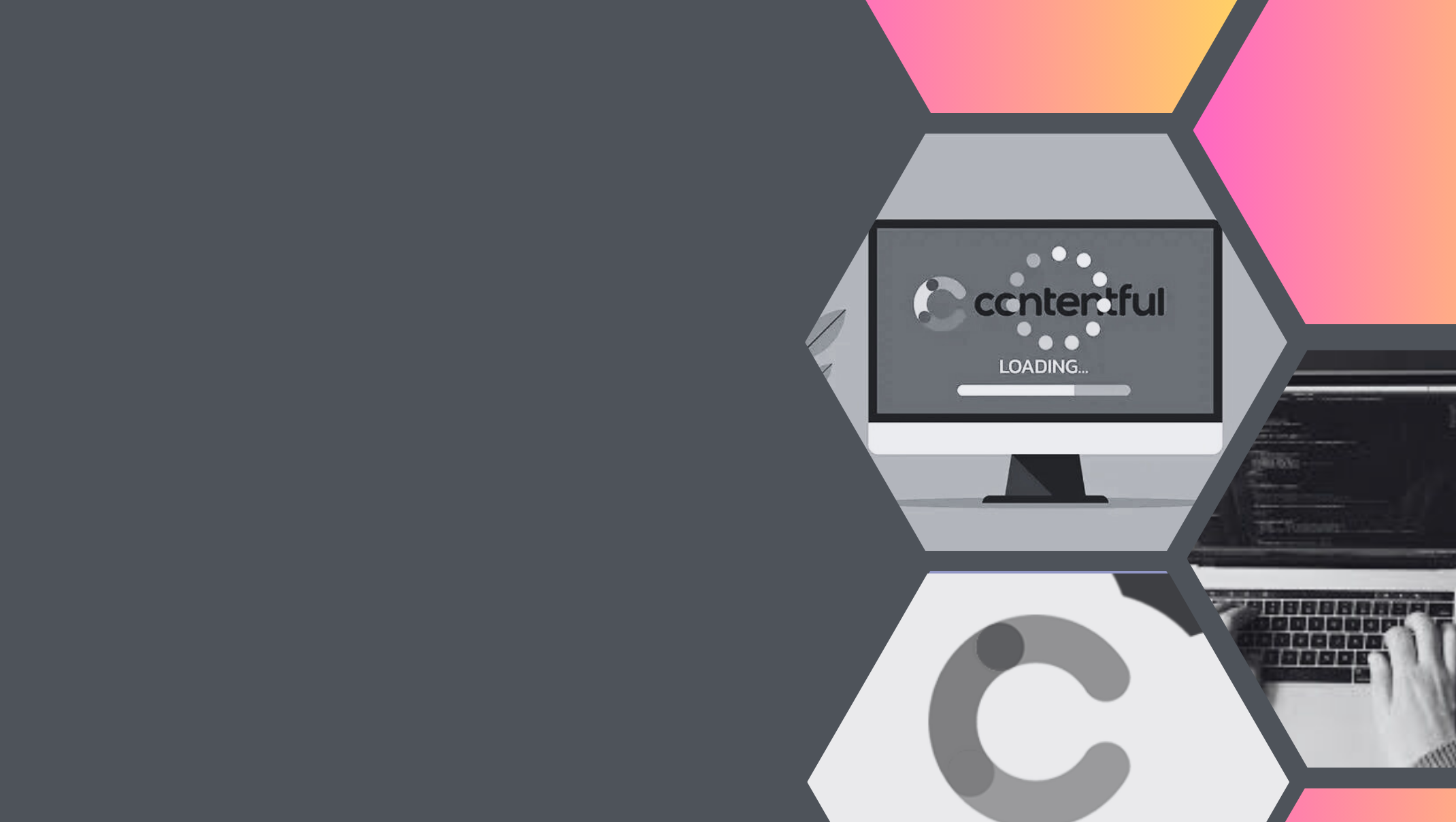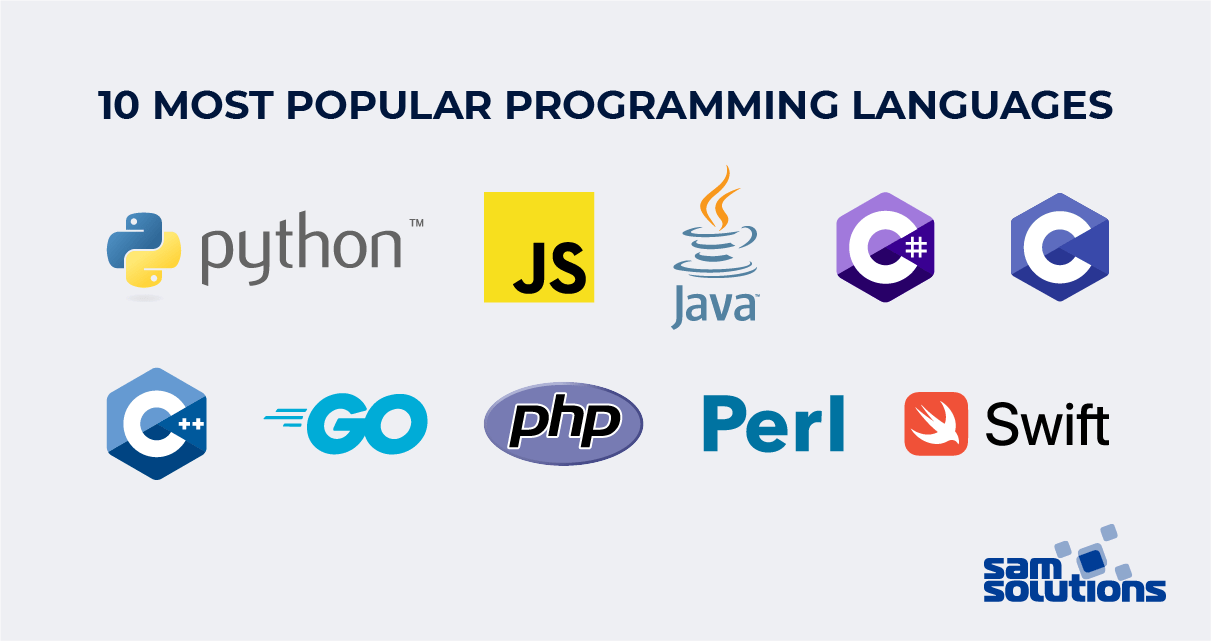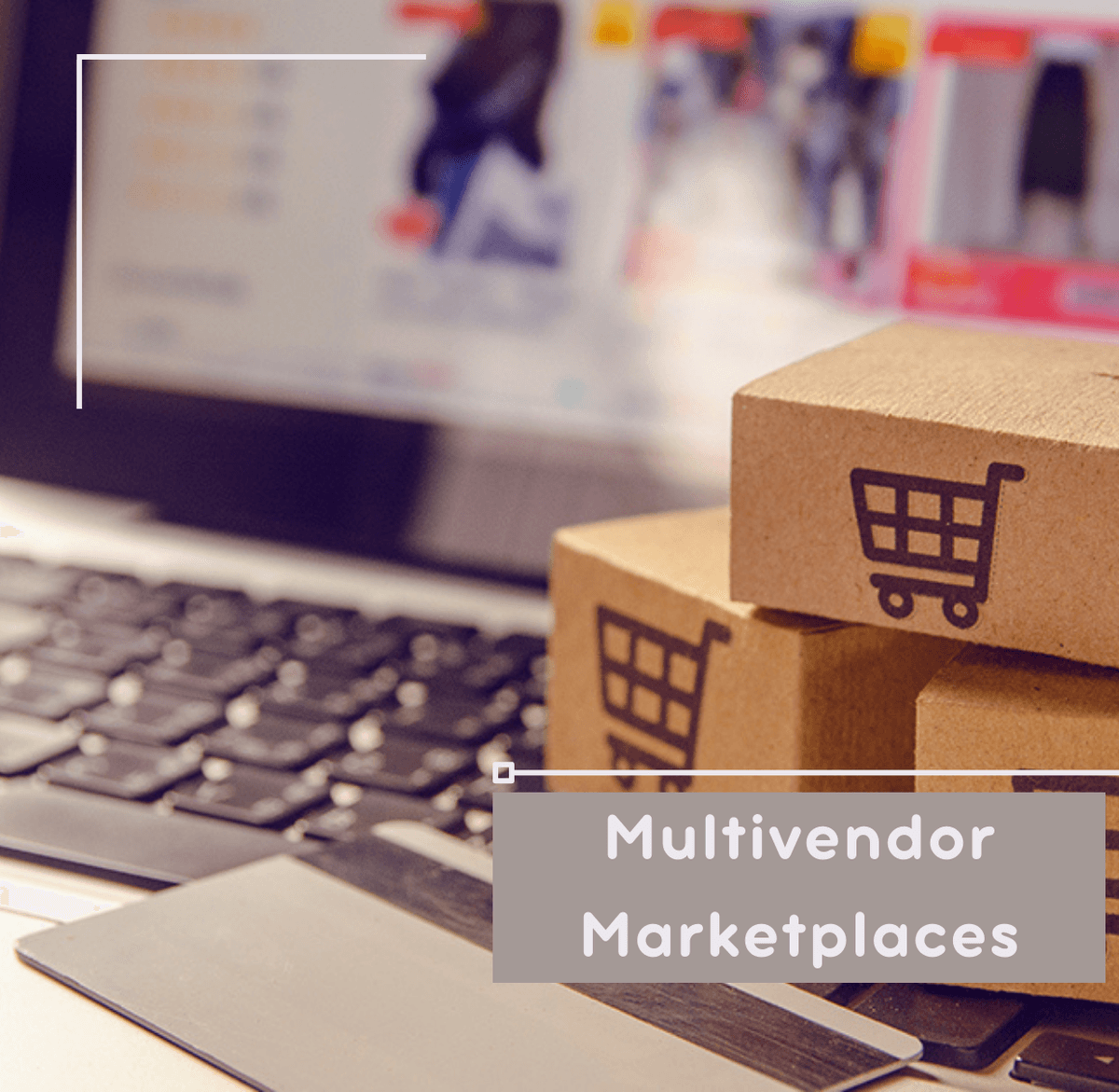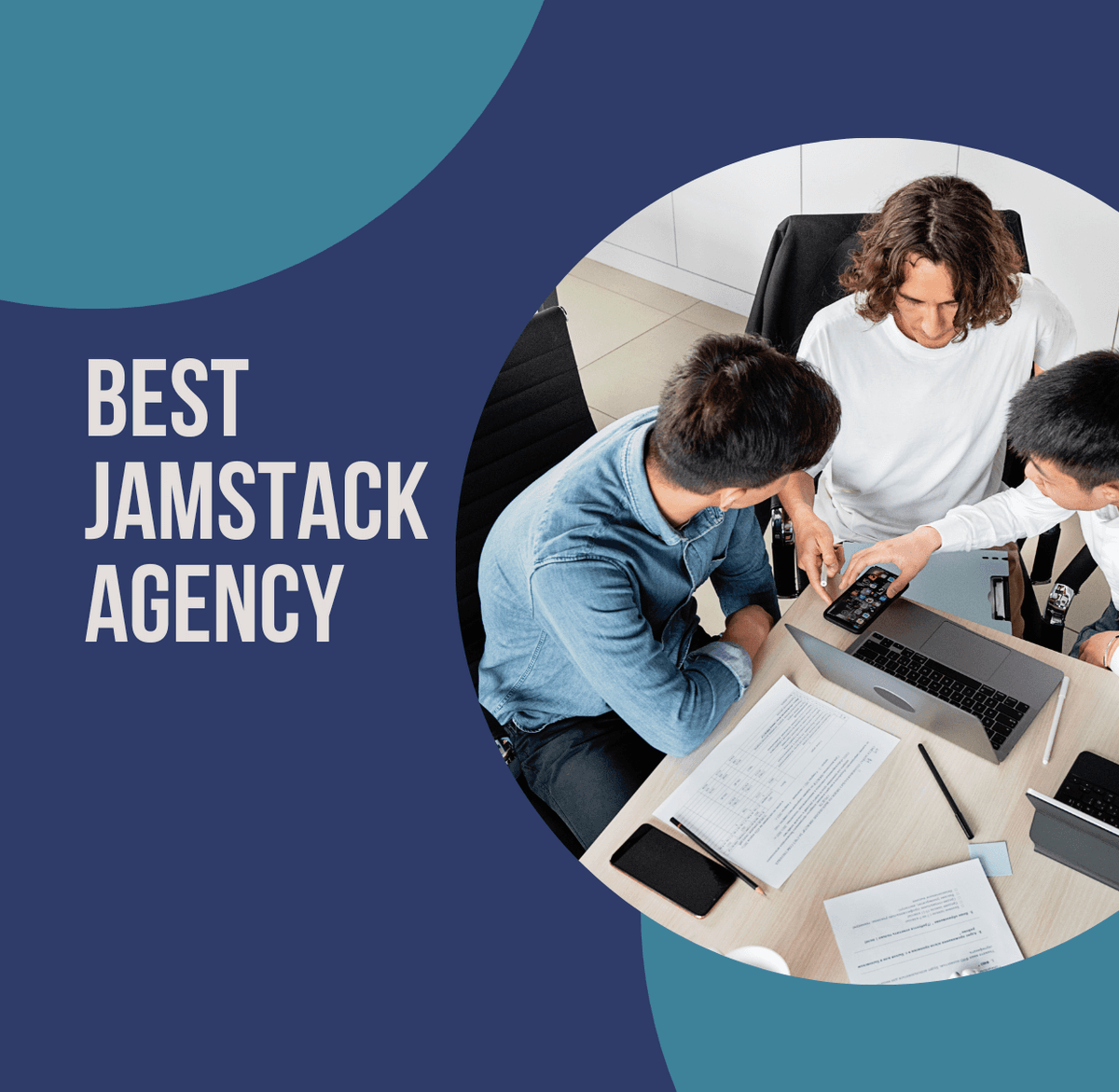
Contentful CMS: A Modern Solution for Efficient Content Management
by Irina KedyarovaSeptember 1st, 2023
Summary
What is a Contentful CMS?
What are the advantages of Contentful CMS?
What programming language does Contentful CMS use?
What is Contentful built on?
Alternatives to Contentful CMS
FAQs
Scroll to read all the article.
What is a Contentful CMS?
Contentful CMS, short for Contentful Content Management System, is a modern and innovative platform designed to manage digital content effectively. Unlike traditional CMS systems, Contentful follows a headless approach, which means it separates content creation and storage from its presentation on different devices and platforms.
In simpler terms, Contentful CMS provides a streamlined way for businesses and organizations to create, organize, and deliver content across various digital channels such as websites, mobile apps, and more. What sets it apart is its flexibility and adaptability to the dynamic nature of the digital world.
With Contentful CMS, content creators can focus on crafting engaging and valuable content, while developers have the freedom to design unique user experiences for different devices and platforms using APIs (Application Programming Interfaces). This decoupling of content and presentation allows for greater customization, faster content delivery, and the ability to keep up with evolving digital trends.
In essence, Contentful CMS offers a modern solution to the challenges of content management in today's digital landscape, enabling businesses to provide consistent and captivating content experiences across a variety of digital touchpoints.
Is Contentful free or paid?
Contentful offers both free and paid plans, allowing users to choose the option that best suits their needs and requirements. The pricing structure for Contentful varies based on factors such as the number of users, the amount of content being managed, and the level of features and support needed.
The free plan, often referred to as the "Community" plan, is a great starting point for individuals or small projects. It provides access to some of Contentful's features and capabilities, allowing users to explore the platform's functionalities.
For businesses and organizations with more extensive content management needs, Contentful offers paid plans that provide additional features, resources, and support. These paid plans are designed to accommodate higher levels of content creation, distribution, and collaboration.
It's important to note that while the free plan offers a taste of what Contentful has to offer, businesses looking for advanced features, scalability, and comprehensive support will find value in the paid plans. The specific pricing details for Contentful's paid plans can be found on their official website or by reaching out to their sales team.
Is Contentful user friendly?
Contentful is known for being user-friendly and intuitive. The platform is designed with a user-centric approach, making it accessible for both content creators and developers alike.
Contentful's user interface is clean, organized, and easy to navigate. Content creators can easily create, edit, and organize content using a straightforward content editor. The interface is designed to provide a seamless experience for tasks such as adding text, images, videos, and other media.
Moreover, Contentful offers customizable content models, allowing users to define the structure and attributes of their content based on their specific needs. This level of customization empowers content creators to tailor their workflow to match their content strategy.
For developers, Contentful provides well-documented APIs that allow for seamless integration with various platforms and technologies. This makes it convenient to design and deliver content to different devices and channels.
In essence, Contentful's user-friendly interface and features are geared towards simplifying content management processes, promoting collaboration, and enabling users to focus on creating compelling and engaging content without being hindered by technical complexities.
What are the advantages of Contentful CMS?
Contentful CMS offers several advantages that make it a preferred choice for modern content management:
Headless Architecture:
Contentful follows a headless CMS approach, separating content creation and storage from its presentation. This allows for greater flexibility and customization in delivering content across various devices and platforms.
Flexibility and Customization:
Contentful's customizable content models enable users to define the structure and attributes of their content, tailoring it to their specific needs and audience.

Efficient Content Delivery:
Through its APIs, Contentful ensures smooth and consistent content delivery to different devices and platforms, enhancing user experiences.
Collaboration and Workflow:
Contentful's collaborative tools facilitate seamless teamwork among content creators, editors, and developers, streamlining the content creation process.
App Ecosystem:
The platform's app ecosystem lets users integrate third-party apps for tasks like localization, analytics, and image optimization, enhancing functionality.
SEO Optimization:
Contentful allows content creators to optimize content for SEO, preview how it will appear in search results, and ensure consistent formatting.
Scalability:
With its cloud-based infrastructure, Contentful is highly scalable, accommodating businesses of all sizes without compromising performance.
Multichannel Delivery:
Contentful empowers businesses to deliver content across various digital channels, such as websites, mobile apps, and voice assistants, ensuring consistent messaging.
Faster Time-to-Market:
Contentful's separation of content and presentation speeds up development cycles, allowing quicker content updates and launches.
Adaptation to Trends:
Its agile architecture enables businesses to adapt to evolving digital trends and technologies without overhauling their content strategy.
Rich Media Support:
Contentful supports various media types, enabling the creation of engaging and interactive content experiences.
Globalization and Localization:
The platform simplifies the process of translating and adapting content for different regions, aiding global expansion.
Security Measures:
Contentful implements security measures such as role-based access control and data encryption to safeguard sensitive information.
Real-time Preview:
Contentful's preview functionality allows users to see how content will appear on different platforms before publishing.
API-First Approach:
Contentful's API-first approach makes it compatible with various technologies and frameworks, offering developers flexibility in implementation.
These advantages collectively contribute to Contentful's reputation as a modern and efficient CMS solution, empowering businesses to create, manage, and distribute content effectively in today's dynamic digital landscape.
What programming language does Contentful CMS use?
Contentful CMS does not enforce the use of a specific programming language for its users. Instead, it provides a flexible API (Application Programming Interface) that allows developers to interact with the platform using a wide range of programming languages.
This API-first approach means that developers can choose the programming language they are most comfortable with or that best suits their project's needs. Contentful's API is designed to be language-agnostic, meaning it can be accessed and utilized using languages like JavaScript, Python, Ruby, Java, PHP, and more.
This flexibility enables developers to seamlessly integrate Contentful into their existing tech stack and build custom solutions that align with their specific requirements. It also makes Contentful a versatile choice for businesses and developers with diverse technological preferences and backgrounds.

What is Contentful built on?
Contentful is built on a modern and flexible tech stack that enables its functionality and capabilities. The platform's core architecture is designed to support its headless CMS approach and provide efficient content management and delivery. While specific technical details might vary, Contentful is generally built using the following technologies:
1. APIs (Application Programming Interfaces):
Contentful heavily relies on APIs to provide access to its features and functionalities. These APIs allow developers to interact with Contentful's content storage, retrieval, and delivery systems.
2. Backend Services:
Contentful uses backend services to manage the storage, organization, and retrieval of content. These services handle data management, security, and the seamless delivery of content to different platforms.
3. Cloud Infrastructure:
Contentful is often hosted on cloud infrastructure providers such as Amazon Web Services (AWS) or Google Cloud Platform (GCP). Cloud services provide scalability, reliability, and performance, ensuring that Contentful can handle varying loads and traffic demands.
4. Databases:
Contentful likely utilizes databases to store content models, media assets, and structured content data. These databases are optimized for quick data retrieval and storage.
5. Caching Mechanisms:
To improve performance and reduce load times, Contentful may implement caching mechanisms that store frequently accessed content or data temporarily.
6. Frontend Technologies:
While Contentful itself focuses on the backend and content management, developers often use frontend technologies like HTML, CSS, and JavaScript to create user interfaces and experiences for the content delivered by Contentful.
7. Microservices Architecture:
Contentful's architecture likely employs a microservices approach, where different components or services handle specific functions. This promotes scalability, maintainability, and modular development.
8. DevOps Tools:
Contentful's development and deployment process likely involve DevOps tools for automation, continuous integration, and continuous deployment.
9. Security Measures:
Security features such as encryption, authentication, and authorization are integral parts of Contentful's architecture to ensure data protection.
Overall, Contentful's architecture is carefully crafted to enable its headless CMS capabilities, providing businesses and developers with the tools they need to manage and deliver content seamlessly across various digital platforms.
Alternatives to Contentful CMS

There are several alternatives to Contentful CMS that cater to different needs and preferences. Here are some notable alternatives:
1. Strapi:
An open-source headless CMS that allows developers to build, deploy, and manage content-rich websites and applications. It provides a customizable content structure and RESTful APIs.
2. WordPress with REST API:
While traditionally known as a full-stack CMS, WordPress can be transformed into a headless CMS using its REST API. It offers extensive plugin support and a familiar interface.
3. Kentico Kontent:
A cloud-based headless CMS that emphasizes collaboration and content reuse. It provides intuitive content modeling and integration with various platforms.
4. Prismic:
A headless CMS with a focus on content relationship modeling and user collaboration. It offers dynamic content updates and integrates with various programming languages.
5. Sanity:
A structured content platform that offers real-time collaborative editing and customizable APIs. It provides rich text editing capabilities and supports image and video content.
6. Ghost:
Primarily known as a blogging platform, Ghost offers headless CMS functionality through its Content API. It's suitable for content-focused websites and blogs.
7. Contentstack:
A headless CMS that emphasizes enterprise-grade security and scalability. It offers multi-language support, role-based permissions, and integrations with popular tools.
8. Directus:
An open-source headless CMS and API-driven content management framework. It allows developers to build custom database structures and APIs.
9. ButterCMS:
A headless CMS with a focus on simplicity and speed. It provides content APIs and pre-built content models for common use cases.
10. Storyblok:
A visual headless CMS that offers real-time collaboration and flexible content delivery. It's suitable for both developers and marketers.
When considering an alternative to Contentful, it's important to evaluate factors such as your project's requirements, budget, technical expertise, scalability needs, and integration capabilities. Each alternative comes with its own set of features and benefits, so choosing the right one depends on your specific use case and goals.
Best Frequently Asked Questions (FAQs)
Contentful CMS redefines the way you manage and deliver content across various platforms. Its flexibility, user-friendly interface, and robust features make it an indispensable tool for content creators, marketers, and developers alike. By adopting Contentful, you're taking a significant step toward enhancing your content management workflow and creating impactful digital experiences.
Comments
I've used traditional CMS platforms before, but after reading this article, I'm seriously considering switching to Contentful. The SEO optimization and content preview features are crucial for my business.
Mark S.
Leave your comment
Your feedback is very important to us. Share your thoughts on what you read, or tell your own story.
Rating
Readers also enjoyed

In today's digital age, e-commerce has revolutionized the way businesses operate and consumers shop. One significant development in the e-commerce landscape is the emergence of multivendor marketplaces. These platforms have gained immense popularity due to their ability to connect sellers with a vast pool of customers and provide a seamless shopping experience. This article delves into the concept of multivendor marketplaces, exploring their benefits, challenges, and their impact on the e-commerce ecosystem.
July 17th, 2023

In the ever-evolving world of web development and technology, the Jamstack has emerged as a powerful approach for building fast, secure, and scalable websites. As businesses strive to provide seamless user experiences and leverage the latest advancements in web development, the need for Jamstack agencies has become increasingly important. In this article, we will explore the concept of a Jamstack agency, its benefits, and why it can be a game-changer for your web development projects.
July 14th, 2023

In the fast-paced world of web development, staying ahead of the curve is essential. One approach that has gained significant attention is Jamstack CMS. This article aims to unravel the concept of Jamstack CMS, its advantages, implementation best practices, and more. Whether you're a seasoned developer or a content creator looking to enhance your website's performance, join us as we dive into the fascinating realm of Jamstack CMS. By the end of this article, you'll have a solid understanding of how Jamstack CMS can revolutionize your web development workflow. So, let's embark on this journey and unlock the potential of Jamstack CMS together!
July 13th, 2023
Contact Us
Our email is manager@alt-team.com
Please, do not hesitate to contact us via e-mail or use the form below if you need a quote for your E-commerce project or have any questions about our products or services. We will be glad to answer you in a short time.